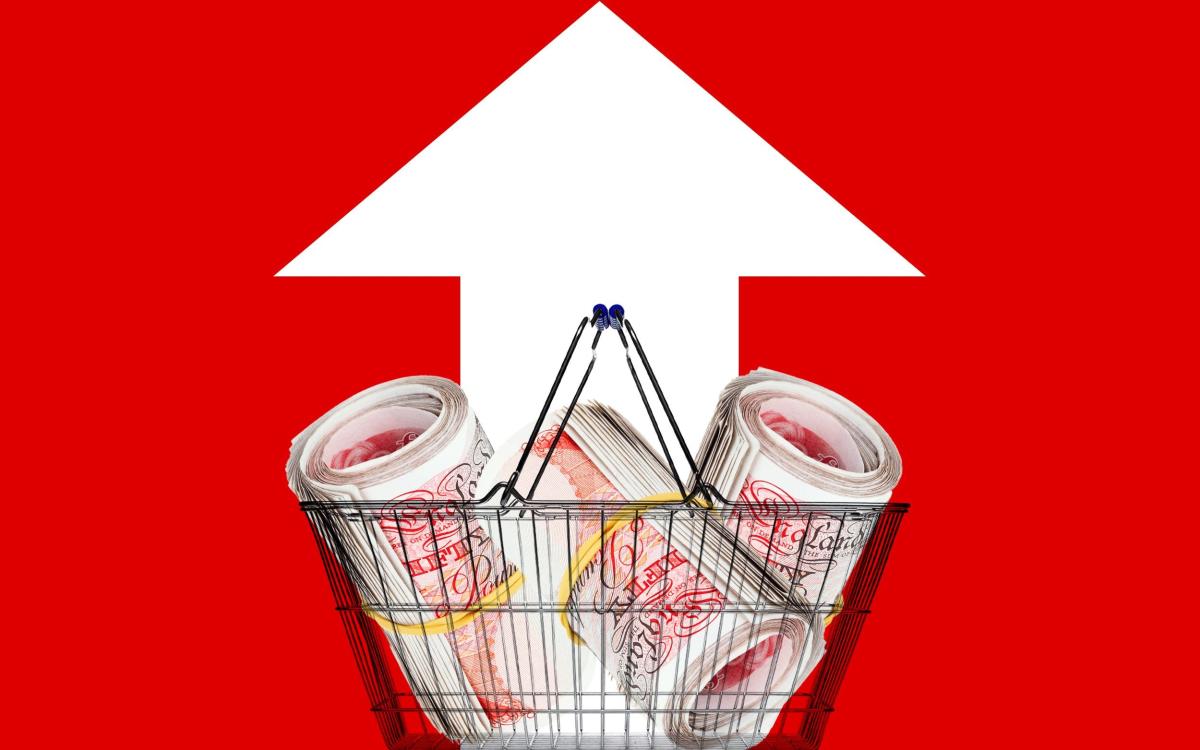June saw 206,000 new jobs, surpassing expectations, while the unemployment rate climbed to 4.1%
The U.S. economy added 206,000 jobs in June, slightly surpassing expectations, as reported by CNBC.
Despite the job gains, the unemployment rate rose to 4.1 percent, marking the highest level since October 2021 and deviating from the forecast that it would hold steady at 4 percent.
Nonfarm payrolls exceeded the Dow Jones forecast of 200,000 but were lower than the revised May figure of 218,000. The labour force participation rate increased to 62.6 percent, with the prime age rate, focusing on individuals aged 25 to 54, rising to 83.7 percent, its highest in over 22 years.
The broader unemployment rate, which includes discouraged workers and those holding part-time jobs for economic reasons, remained steady at 7.4 percent.
Sector-specific changes showed a significant rise in government jobs, contributing 70,000 to the total. Health care added 49,000 jobs, social assistance 34,000, and construction 27,000.
However, professional and business services saw a decline of 17,000 jobs, and retail decreased by 9,000 jobs. Household employment increased by 116,000, despite a decrease of 28,000 full-time workers and an increase of 50,000 part-time workers.
Average hourly earnings grew by 0.3 percent for the month and 3.9 percent year-over-year, both aligning with estimates. The average work week remained steady at 34.3 hours.
According to CNN, markets remained mostly unchanged but leaned higher on Friday afternoon, with traders optimistic about the slight rise in unemployment, suggesting potential Federal Reserve rate cuts later this year.
The S&P 500 was on track to close at a record high, with the Nasdaq up 0.8 percent and the Dow down by 50 points or 0.1 percent.
Long-term unemployment increased by 166,000 to 1.5 million, compared to 1.1 million a year ago, with long-term unemployed making up 22.2 percent of the total jobless, up from 18.8 percent last year.
The unemployment rate for Black workers rose to 6.3 percent, its highest since March, and for Asians, it increased to 4.1 percent, the highest since August 2021.
Federal Reserve officials are contemplating their next moves on monetary policy, needing more progress on inflation before lowering interest rates.
They noted that a strong economy and solid labour market reduce the urgency to act, despite market pricing in two rate cuts before the end of 2024, assuming quarter percentage point reductions.
In April, the Bureau of Labour Statistics revised the payroll countdown to 108,000, reducing the April and May totals by 111,000. There are signs of potential labour market weakness, with purchasing manager surveys showing contraction in hiring for both manufacturing and services sectors.
Broader economic growth is also slowing, with GDP increasing at an annualized rate of just 1.4 percent in the first quarter and projected to grow at 1.5 percent in the second quarter, according to the Atlanta Fed.
Temporary help services employment dropped by 48,900 in June, the largest decline since April 2021. This sector is often seen as an early indicator of economic trends, with its decline suggesting potential future weakness in the labour market.
David Russell, global head of market strategy at TradeStation, commented, “The job market is bending without yet breaking, which boosts the argument for rate cuts.”
Robert Frick, corporate economist at Navy Federal Credit Union, added, “There are no cracks here that would cause the Fed to rush to the rescue with rate cuts.”
Rick Rieder, BlackRock’s chief investment officer of global fixed income, noted, “The Fed should be lifting a glass to and toasting a more normal (and no longer overheating) jobs picture.”
As the Federal Reserve considers its options, the current key lending rate remains at 5.25 to 5.50 percent, the highest in 23 years, with potential adjustments dependent on further economic data.










